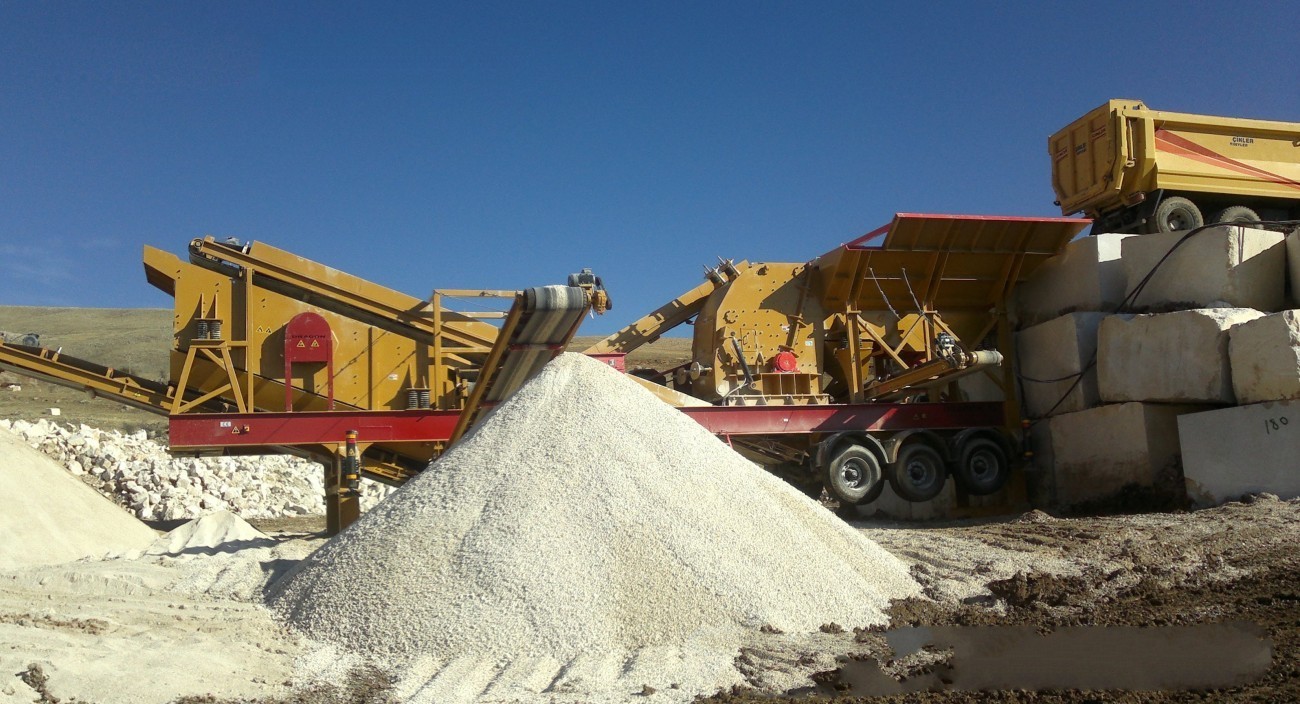What Is a Mobile Crushing and Screening Plant, What Is It Used For, and Where Is It Used?
A mobile crushing and screening plant is a portable facility used in quarries, mining, construction, and recycling industries to crush stones, rocks, rubble, and similar materials into desired sizes and then classify them according to size using screening units. Compared to fixed installations, mobile plants offer greater flexibility and economic benefits.
Function and Advantages:
Mobile crushing and screening plants are particularly advantageous for projects requiring operations in multiple locations. These systems are usually mounted on trailers or track systems, making them easily transportable from site to site. Working in integration with heavy machinery, they crush large rocks and separate them into different sizes using vibrating screens. The final product is aggregate material, ready for use in construction, road building, or concrete production.
Key benefits include:
-
Easy transportation and quick setup,
-
Time and cost savings on site,
-
High efficiency and production capacity,
-
Lower environmental impact,
-
Usability in recycling projects.
Areas of Use:
-
Stone and mining quarries,
-
Highway, railway, and dam construction,
-
Concrete batching plants,
-
Construction waste recycling,
-
Asphalt production,
-
Industrial raw material production.
Purchasing a mobile crushing and screening plant is a significant investment, especially for companies in mining, construction, and infrastructure. Choosing the right equipment increases productivity while reducing operational costs. Here are the main factors to consider when purchasing:
1. Suitability for the Job
-
The capacity should match the project size and rock type.
-
Hard rocks require stronger crushers (jaw, cone).
-
Screening systems should be customizable based on output size requirements.
2. Mobility and Transportability
-
The plant should be easily movable between different sites.
-
Whether it is wheeled or tracked depends on terrain and accessibility.
3. Energy Consumption and Fuel Efficiency
-
Choose between diesel, electric, or hybrid power systems.
-
Energy efficiency plays a major role in long-term cost management.
4. Automation and Ease of Use
-
Automated control systems reduce human error.
-
Features like touch panels, sensors, and remote controls improve operation.
5. Spare Parts and Service Support
-
Consider the manufacturer's ability to provide after-sales service and spare parts.
-
Brands with an international service network are preferable.
6. Health and Safety Compliance
-
The machine must comply with CE and other local safety regulations.
-
Dust suppression and emergency stop systems should be in place.
7. Cost and Financing
-
Evaluate total cost of ownership, including maintenance and spare parts.
-
Check for leasing or flexible financing options.
-
 English
English
 Le français
Le français
 Türkçe
Türkçe

